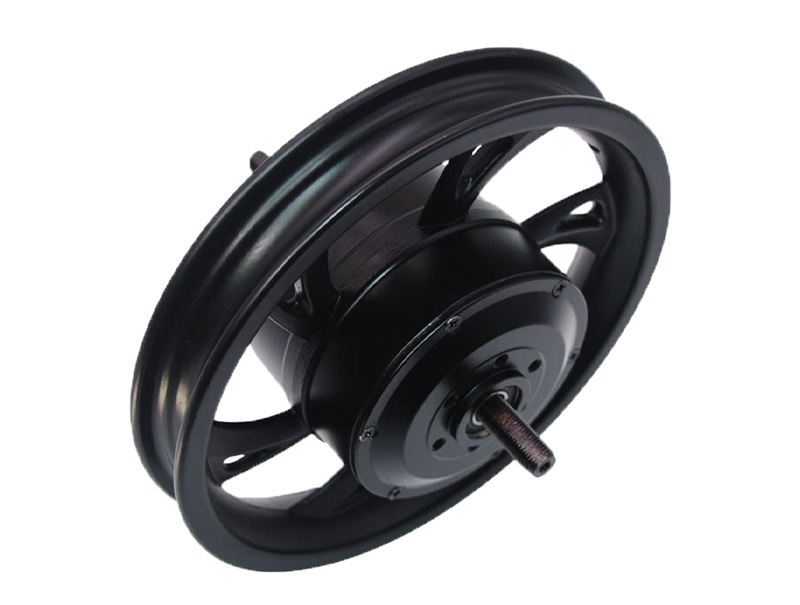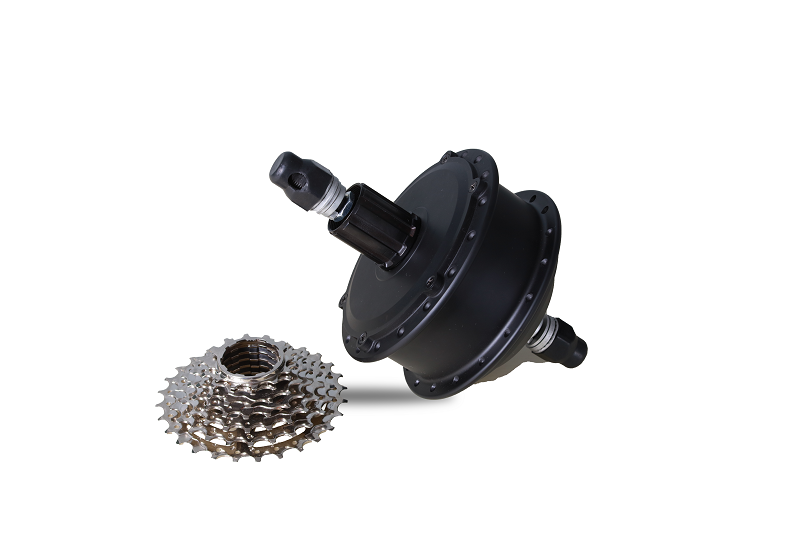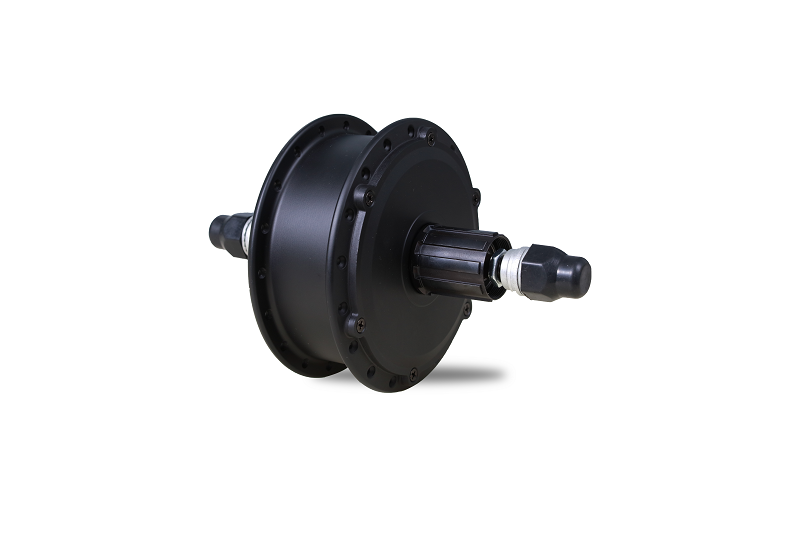News Categories
At present the 36V 250W electric bicycle motor is multifarious, but the induction altogether has three types: 1, the Brushless High Speed Belt reducer motor (commonly known as the brush has teeth) ; 2, the brushless low speed motor (commonly known as the brush has no teeth) ; 3. Low speed motor with brush (commonly known as brush without teeth). These three kinds of motors have their own merits and demerits, their performances are very different, and their effects are very different under different conditions. Therefore, different motors must be selected according to the requirements of use.
Under the standard test conditions, when the electric bicycle runs at a constant speed, the current required by the 36V 250W electric bicycle motor is about 3.5-5 amperes (for 36 volt motor, different models are different). Under the conditions of start-up, head wind and overload, the required current will rise to 10-15 amperes. Therefore, for the users who start repeatedly, drive on the road with certain slope and overload requirements, the 36V 250W electric bicycle motor they use should have relatively high efficiency in the range of 5 to 15 amperes. In this way, the power consumption is relatively small, and the motor will not be too hot to fail.

Hub of brushless high speed motor
Advantages: 1. Brushless high-speed motor hub has high efficiency and great strength. The efficiency is about 83% at 5 ampere hour of 36 V; the efficiency is about 78% at 10 ampere hour of 36 V; the efficiency is about 70% at 15 ampere hour of 36 v. the maximum torque can reach about 24 Newton meters. Therefore, the electric bicycle with this motor hub has large starting torque, strong climbing overload capacity, less motor heating and long motor life. The motor is suitable for long distance driving, mountain climbing and heavy load users.
2. Another feature of this kind of motor hub is its light weight, which is generally 3.5-3.9 kg.
Disadvantages: 1. The disadvantage of the motor hub is that there is a reducer in the hub, and there are gears in the reducer, so there is the sound of gear meshing when using; 2. In addition, if the design process is not in place, the gear hardness is low, the gear lubrication condition is poor, and the gear is worn prematurely.

Brushless low speed motor
Advantages: brushless low speed motor, its structure is brushless and toothless, low noise, small wear, starting performance, climbing ability, mileage, load capacity and other indicators, better than the brush motor, but not as good as the above toothed brushless motor.
Disadvantages: due to the brushless structure, there must be an electronic commutator to solve the problem of current commutation, so the controller is more complex, the reliability of the whole system is transferred from the motor to the controller. A few years ago, through the efforts of brushless motor manufacturers, the reliability has been greatly improved, so the proportion of applications in 36V 250W electric bicycle motor has increased rapidly.

Hub of brush low speed motor
Advantages: 1. The wheel hub is simple in structure, stable in performance and easy to maintain --- the speed of the motor is much lower than that of the high-speed motor (about 175 ~ 200R / min, about 1 / 20 of the high-speed motor), which directly drives the wheel, eliminating the reducer and secondary gear, with simple structure and more stable performance;
2. The requirements of the controller are not high, and the matching is easy,
Disadvantages: however, in order to obtain large torque, the silicon steel sheet and wire in the motor hub are used more materials, and the hub is heavy (up to about 2 times of the hub of the brush high-speed motor). The efficiency of the motor is the lowest of the three kinds of motors mentioned above. At the input current of 5 A, the aging rate is the highest, only about 76%. When the current reaches 10 A, the efficiency drops to below 60%. The maximum torque is about 15nm, and the speed at the maximum torque decreases obviously.
Therefore, the motor characteristics are relatively soft (that is, with the increase of the output torque, the motor speed decreases rapidly), the total power consumption is large, and the driving range is relatively short. Especially in the case of overload such as starting and climbing, the power consumption is greater, and a lot of energy is converted into heat energy. In the case of overload, the motor is heated seriously, which may even lead to the decrease of magnetic properties of the magnet steel and the further decrease of motor efficiency. This is the reason why some users use the same battery for half a year or a year and their driving distance is significantly shortened. Therefore, this kind of motor is not suitable for repeated starting. It is only suitable for consumers with flat road, light riders, and proper assistance in starting and climbing. Under the condition of non electric hub, the resistance of the motor is also large.
Because of the above reasons, brush motors are gradually withdrawn from the market.